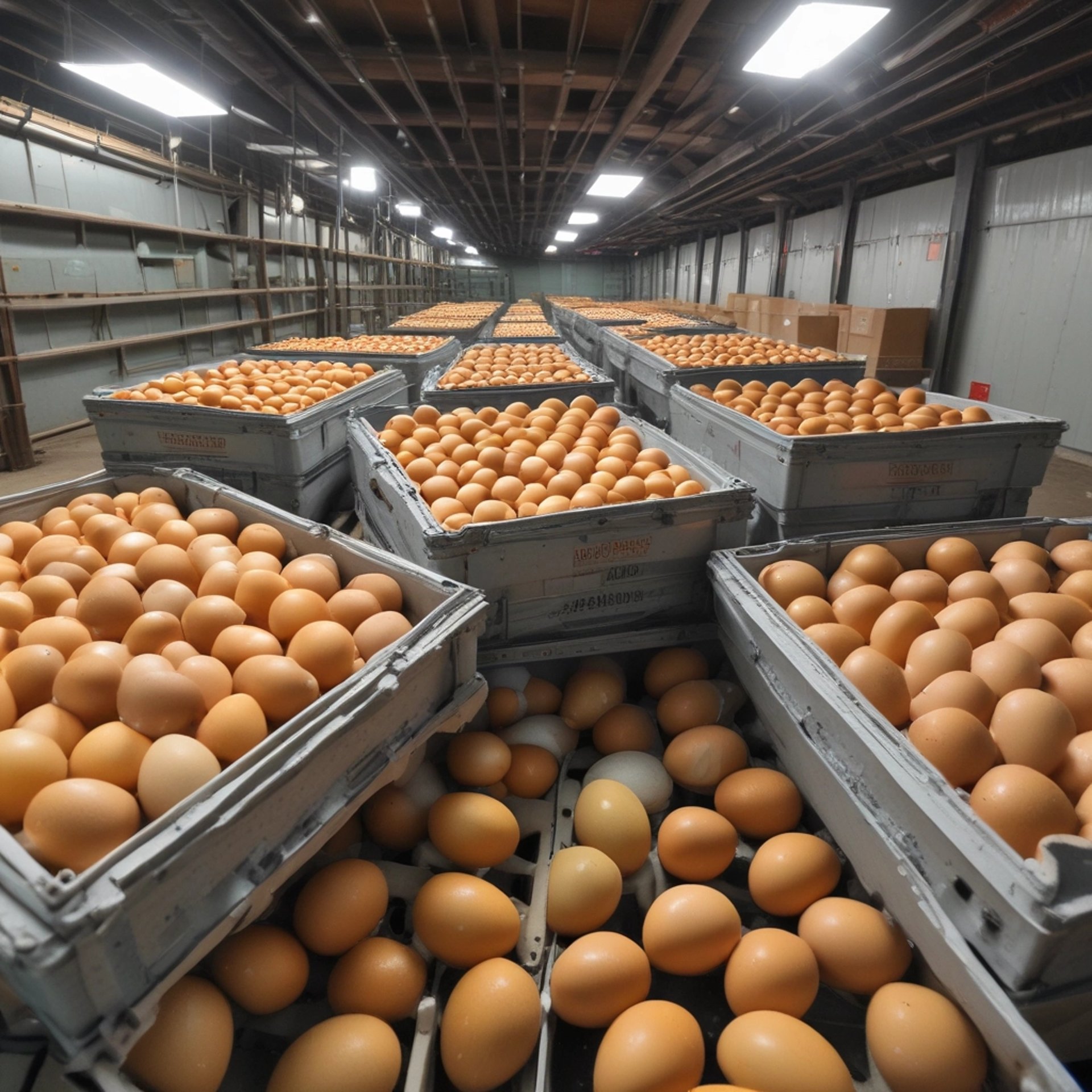Understanding the Price Disparity of Egg: America vs. Indonesia
The price of egg is a common topic of discussion, particularly when comparing different countries. In recent years, many consumers have noticed that eggs in the United States are significantly more expensive than those in Indonesia. This blog post aims to explore the reasons behind this disparity, offering insights that reflect economic, agricultural, and social factors influencing egg pricing in these two nations.
5/5/20252 min read


Economic Factors Influencing Egg Prices
One of the primary contributors to the price of eggs is the economic environment in which they are produced and sold. In the United States, the cost of living is relatively high, which translates into higher operational and production costs for farmers. This includes expenses related to feed, farming equipment, labor, and transportation. Consequently, these costs are passed on to consumers, leading to elevated pricing for eggs.
In contrast, Indonesia enjoys lower production costs in many sectors, including agriculture. The wages for farm workers tend to be lower, and farming practices may differ significantly from those in the U.S. Moreover, the availability of resources such as feed and land can greatly affect the overall cost of egg production in Indonesia, creating a favorable environment for affordable egg prices.
Regulatory and Health Standards
Another factor to consider is the regulatory environment surrounding food production in both countries. The United States has stringent regulatory standards concerning food safety, animal welfare, and product labeling. While these measures are intended to ensure quality and safety for consumers, they also incur additional costs for producers. Egg producers in the U.S. must comply with these regulations to maintain their licenses, adding more layers of expenses that ultimately impact retail prices.
In contrast, Indonesia's regulatory framework may not impose the same level of financial burden on agricultural producers. Consequently, Indonesian farms may have more freedom in production methods, leading to lower costs and, thus, lower consumer prices for eggs.
Consumer Demand and Egg Market Conditions
Demand for eggs also plays a vital role in pricing structures. In the U.S., there is a consistent high demand for various egg products, ranging from organic free-range options to conventional eggs. This demand can drive prices higher, particularly when market conditions fluctuate due to factors like supply shortages or increased feed costs.
On the other hand, in Indonesia, while demand for eggs remains strong, it might not experience the same level of soaring prices as seen in the U.S. The balance of supply and demand along with producer strategies can lead to more stabilized pricing for eggs, making them more accessible to the average consumer.
Conclusion
The difference in egg prices between America and Indonesia is influenced by several interconnected factors, including economic conditions, regulatory standards, and consumer demand. Understanding these elements not only sheds light on the complexities of global food pricing but also informs consumers about the economic realities behind their grocery bills.

Quality
Fresh eggs sourced from sustainable Indonesian farms.
indoeggs7@gmail.com
